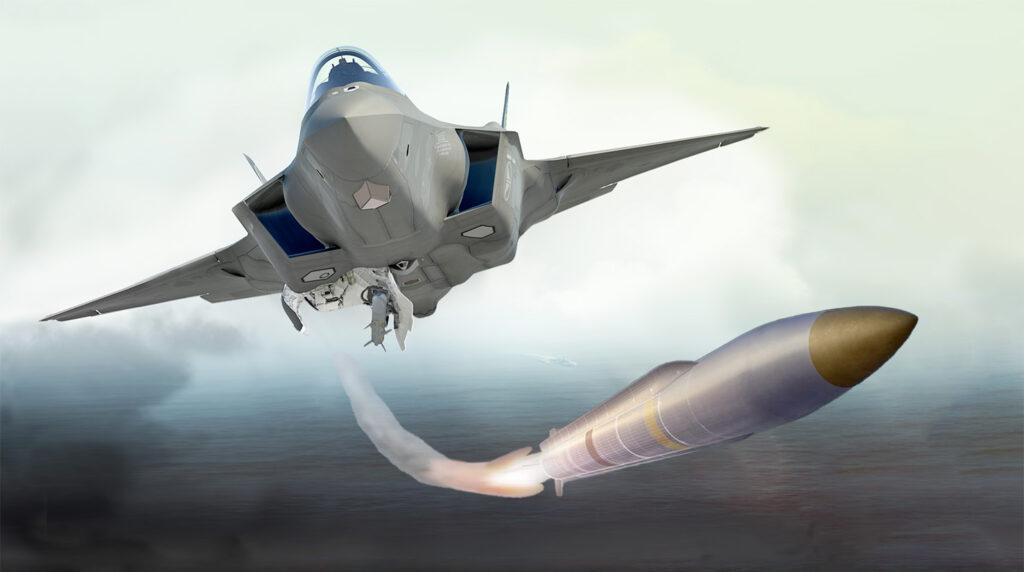In the ever-evolving landscape of modern warfare, a new threat has emerged that may potentially alter the balance of power in the skies. As the United States continues to rely on its formidable airpower for global security and military operations, the rise of advanced Chinese missile technology presents a significant challenge. With the ability to disable air bases and prevent aircraft from taking off, these sophisticated missiles have the potential to cripple US airpower plans in a way that has never been seen before. This article explores the implications of this emerging threat and the potential impact it could have on future conflicts.
Chinese missile threat to US airpower capabilities
Chinese missile technology has advanced rapidly in recent years, posing a significant threat to US airpower capabilities. With the ability to target runways and airbases, these missiles have the potential to disrupt or even cripple the US military’s ability to launch sorties and conduct operations in the region.
The anti-access/area denial (A2/AD) capabilities of Chinese missiles have forced US military planners to reassess their tactics and strategies. Without secure runways, the US Air Force may be forced to rely on alternative methods of deploying airpower, such as basing aircraft on carriers or utilizing long-range precision strike capabilities. In the face of this evolving threat, maintaining a flexible and adaptable approach to airpower operations will be crucial for the US military in the Indo-Pacific region.
Implications of no runways for US military operations
**Chinese missiles pose a significant threat to US military operations, particularly in terms of airpower capabilities. With the absence of suitable runways for aircraft to take off and land, the ability of the US military to conduct sorties and maintain air superiority is severely compromised.
The implications of having no runways for US military operations are far-reaching and include:
- Reduced ability to deploy aircraft to critical areas
- Increased vulnerability to enemy missile attacks
- Limited options for aerial reconnaissance and surveillance
Response strategies for countering Chinese missile capabilities
US military strategists are facing a daunting challenge as they seek to develop . The threat posed by advanced Chinese missiles is clear: without runways, there can be no sorties. This reality jeopardizes US airpower plans in the region and requires innovative solutions to maintain a strategic advantage.
One potential strategy is to invest in stealth technology to evade detection and destruction by Chinese missiles. Additionally, developing long-range stand-off weapons could allow US forces to strike enemy targets from safe distances. Furthermore, improving cyber defenses and electronic warfare capabilities can help disrupt enemy missile systems and protect US air assets. By combining these tactics in a comprehensive approach, the US can mitigate the risks posed by Chinese missile capabilities and maintain air superiority in the region.
Securing American air superiority in the face of evolving threats
Recent intelligence reports have revealed that China has been rapidly developing advanced missile systems specifically designed to target and destroy runways and air bases. This new threat poses a serious challenge to US air superiority, as without functional runways, our aircraft will be unable to take off and carry out missions effectively.
The deployment of these anti-access/area denial (A2/AD) systems by China has raised concerns among military strategists, as they could potentially limit the US military’s ability to project power in the region. To counter this threat, American defense planners have been exploring various solutions, including the development of stealthy aircraft, standoff weapons, and innovative tactics to maintain our airpower advantage in the face of evolving threats.
To Conclude
the rapidly advancing missile technology of the Chinese military presents a significant challenge to US airpower strategies. As the threat of non-traditional warfare continues to evolve, it is clear that new tactics and technologies will be necessary to navigate this dynamic landscape. The future of air superiority may lie in innovative solutions that can adapt to the changing realities of modern warfare. Only time will tell how this ongoing arms race will shape the future of global military power. Thank you for reading.
